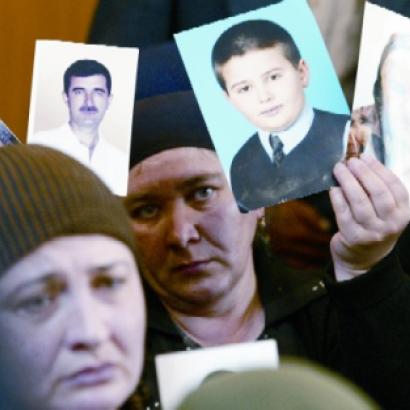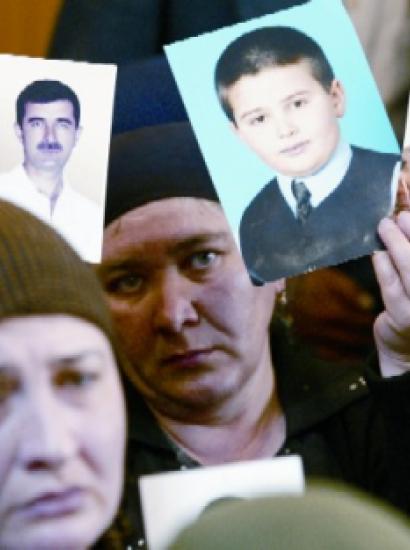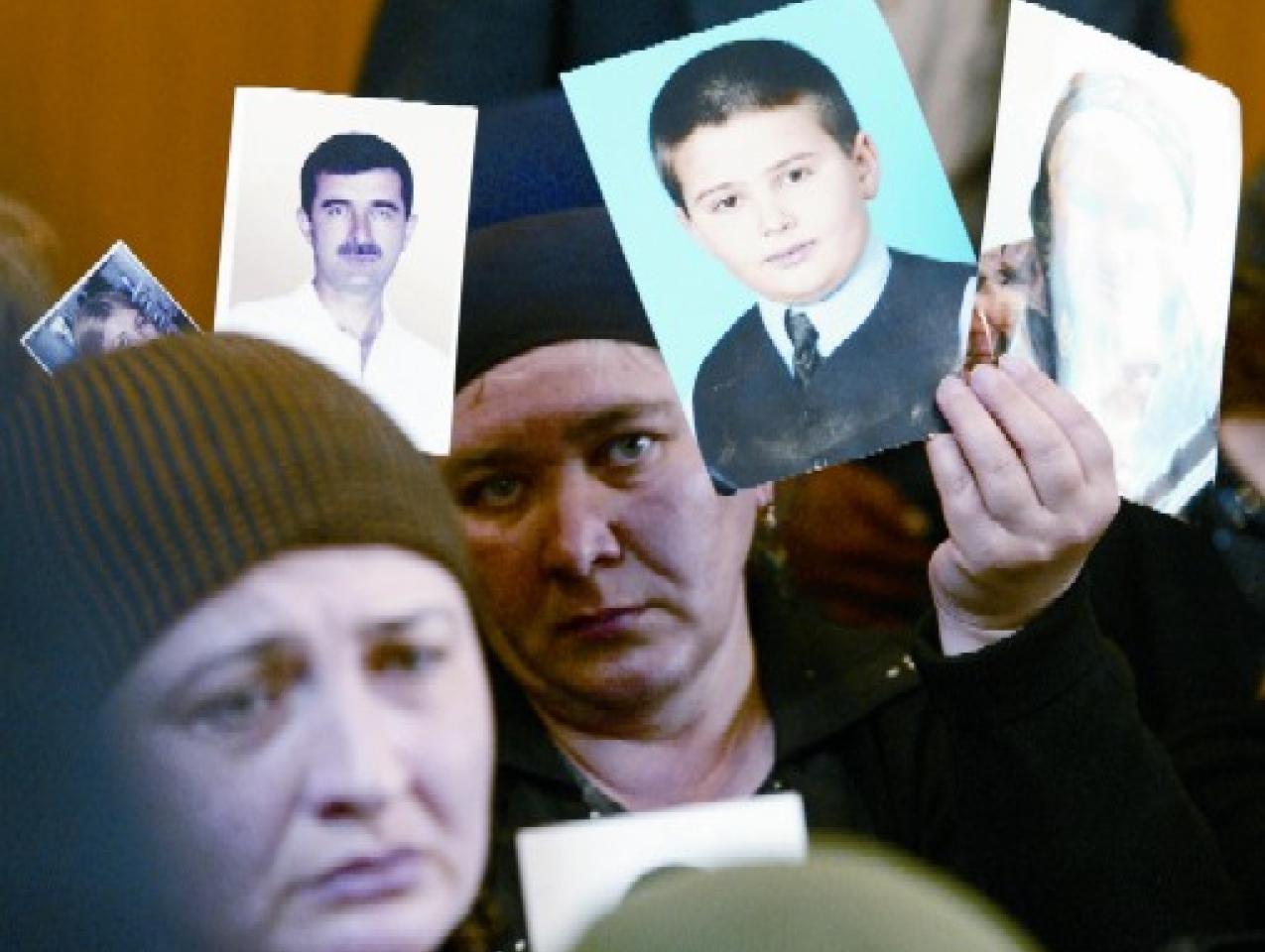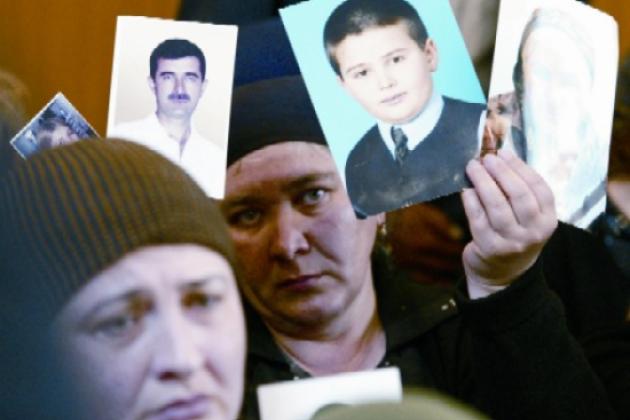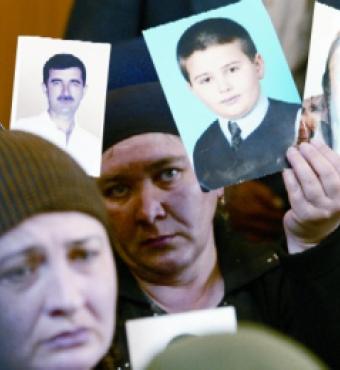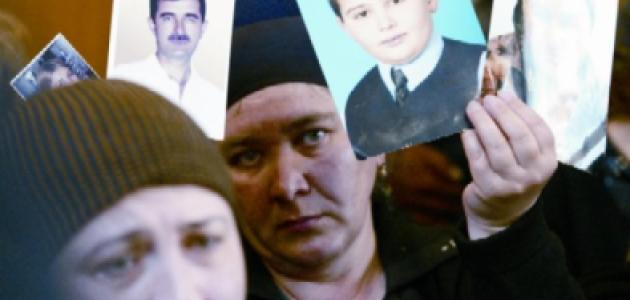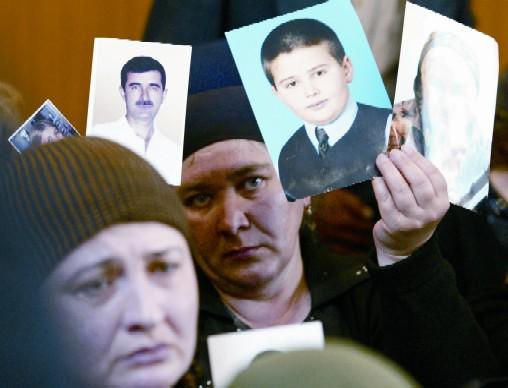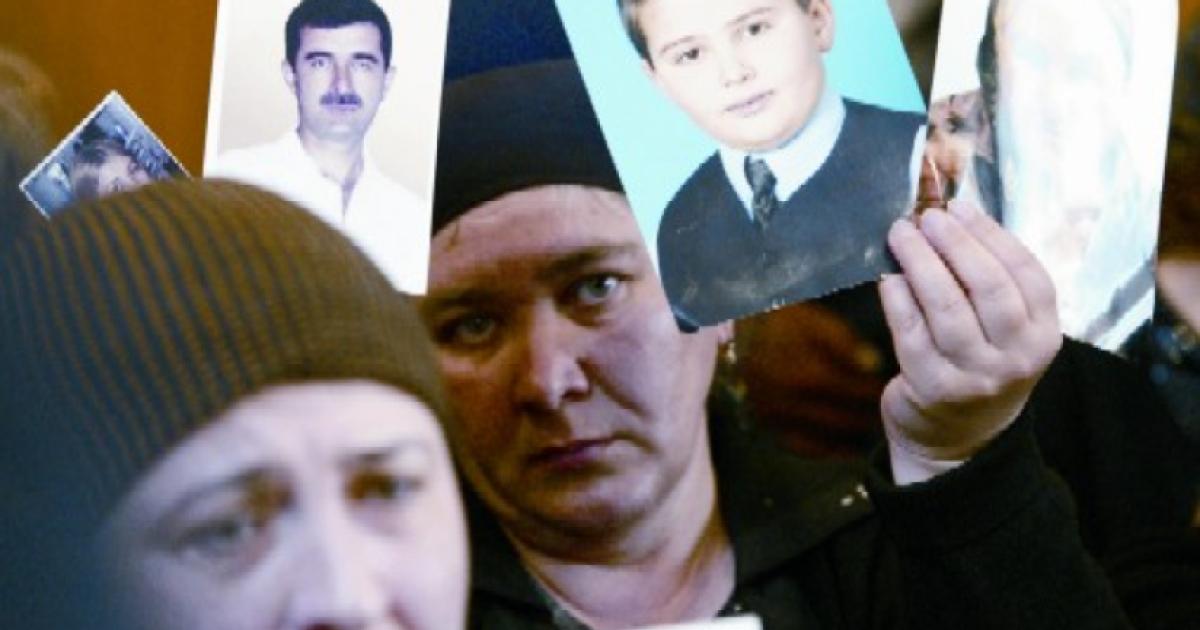On September 1, 2004, the children of School Number One in Beslan, a town of 30,000 in the Russian republic of North Ossetia, gathered for the first day of school. Suddenly, the air was filled with machine-gun fire. A military truck pulled up and two dozen men with assault rifles jumped out. Other terrorists appeared out of nowhere. The terrorists herded 1,200 students and parents into the school gymnasium, where they were held for 52 hours until a pitched battle broke out between the terrorists and Russian forces. The fighting led to the deaths of 332 people, including 186 children. It was the worst terrorist act since September 11, 2001.
While it was going on, the Beslan standoff riveted the world’s attention. Once it was over, however, the incident was largely forgotten. The day after the storming of the school, on September 4, bulldozers gathered up the debris of the building, including children’s notebooks and the body parts of the victims, and removed it to a garbage dump on the outskirts of town.
The survivors, however, wanted justice. They were plunged into emotional turmoil as they listened to the version of events propagated by the Russian authorities, who put the blame entirely on the terrorists, exonerated officials of any wrongdoing (many of them were later promoted), and refused to listen to the survivors’ accounts of what they had seen and experienced. Some of the parents turned to a cult leader to help resurrect their dead children. Others, however, began their own investigation. They were joined by journalists, a commission of the North Ossetian parliament, and, finally, Yury Savelyev, a member of the federal parliamentary investigative commission. Aided by testimony at the trial of Nurpashi Kulayev, a surviving terrorist, they carefully reconstructed what had happened.
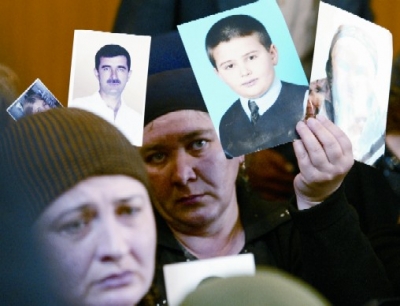
The picture they present raises doubts as to whether even today Russia can be considered a civilized country.
In the aftermath of the Beslan tragedy, three questions are uppermost: Could the attack have been prevented? Were the terrorists—Islamist insurgents and supporters of independence for neighboring Chechnya—willing to negotiate? And who started the final, fatal battle? The answers to these questions present a chilling portrait of the Russian leadership and its total disregard for human life.
It is now all but certain that the terrorists’ attack on the school could have been prevented. According to internal police documents obtained by the newspaper Novaya Gazeta, the Russian Ministry of Internal Affairs in Moscow knew four hours in advance that an attack on a school in Beslan was planned for September 1, 2004. The information came from a man named Arsamikov who had been arrested in the city of Shali in Chechnya. The information, however, was not acted upon.
Equally puzzling, the terrorists trained for weeks without interference in the woods in the republic of Ingushetia, which neighbors North Ossetia, although a bloody terrorist attack less than three months before, on June 21–22, had supposedly put Ingushetia on high alert. The terrorists traveled unimpeded to the school in several vehicles over roads that were supposedly heavily guarded.
| The investigation of the Beslan incident raises doubts about whether Russia can be considered a civilized country even today. |
Perhaps most unnerving, of the 18 terrorists who were later positively identified, most of them were supposed to have been in prison. The second in command, Vladimir Khodov, a Ukrainian convert to Islam, had been arrested in 2003 for a rape committed in 1998 but was immediately let go. He was then involved in two terrorist acts in North Ossetia: a car bombing in Vladikavkaz in February 2004 and the derailment of a train near his hometown of Elkhotovo in May. Despite this, for a month and a half before the Beslan events, he lived openly in his hometown, spending long hours in the mosque. Other terrorist leaders were wanted criminals of many years’ standing who had also moved about freely in their home villages.
Besides these indications that the disaster could have been prevented, there is evidence that the terrorists’ real aim was not to kill the hostages but to negotiate a political settlement of the Chechen conflict. The terrorists demanded that the president of North Ossetia, Aleksandr Dzasokhov, begin negotiations with them. But the Federal Security Service (the FSB, successor to the Soviet KGB) set up a crisis headquarters from which Dzasokhov was excluded, and threatened to arrest him if he tried to go to the school.
Dzasokhov appealed for help to the former president of Ingushetia, Ruslan Aushev, a critic of Russian President Vladimir Putin, and made contact with a representative of the Chechen resistance in London, Akhmed Zakayev. On September 2, Aushev entered the school and left with 26 hostages: 15 children and 11 women. He also brought out a note with demands from Shamil Basayev, the terrorist leader who had organized the attack but was not himself present in Beslan. The existence of the note was concealed from the public. The authorities falsely stated that the terrorists had presented no demands.








